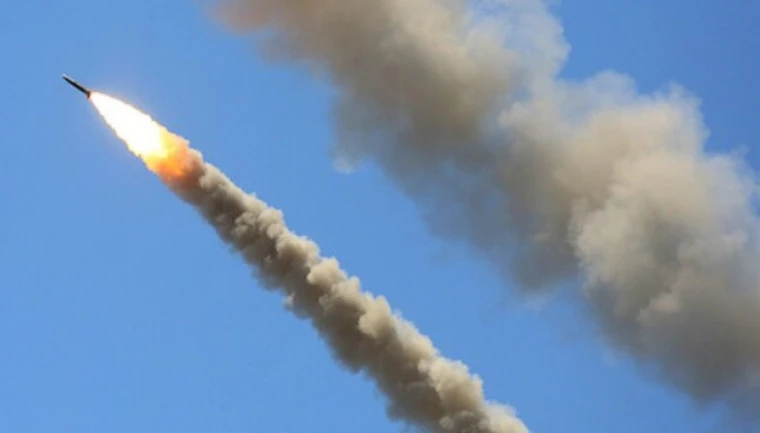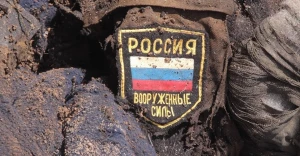
Russia's missile terror of Ukraine turns against Moscow. What analysis of strikes for entire period of full-scale war shows
Oleksandr Kovalenko, a Ukrainian military and political observer of the Information Resistance group, journalist and blogger, says how many weapons Russia has used since the beginning of the full-scale invasion in 2022
Kovalenko has shared his analysis in an article for the Obozrevatel media outlet.
At the Congress of Local and Regional Authorities, Commander-in-Chief of the Armed Forces of Ukraine Oleksandr Syrskyi for the first time announced data on how many weapons Russia has used since the beginning of the full-scale invasion in 2022 to strike military and civilian targets in Ukraine, as well as how many were intercepted. This information deserves special attention for analysis.
But before we start, let me remind you for clarity:
- Kh47M2 Kinzhal aerial ballistic missiles - 28/111 (25.23% shooting down rate);
- 3M14 Kalibr cruise missiles - 443/894 (49.55%);
- Kh-101/555 cruise missiles - 1,441/1,846 (78.06%);
- supersonic cruise missiles 3M55 Oniks - 12/211 (5.69%);
- R-500 (9M728) Iskander-K cruise missiles - 76/202 (37.62%);
- Kh-35 cruise missiles - 1/15 (6.67%);
- supersonic cruise missiles Kh-22/32 - 2/362 (0.55%);
- ballistic missiles 9M723 operational-tactical missile complex Iskander-M/KN-23 - 58/1300 (4.31%);
- 3M22 Zircon hypersonic cruise missiles - 2/6 (33.33%);
- Tochka-U ballistic missiles - 6/68 (8.82%);
- Kh-25/29/31/35/58/59/69 guided air defense missiles - 343/1,547 (22.17%);
- S-300/400 anti-aircraft guided missiles - 19/3,008 (0.63%);
- other missiles - 0/57 (0.00%);
- UAVs/UAVs Shahed-136/Lancet - 8,836/13,315 (66.36%);
- Other UAVs - 438/682 (63.93%).
And now, to the conclusions.
Air defense effectiveness
In the first year of the war, Ukraine's air defense demonstrated a high level of counteraction to the available means of destruction. However, such weapons as 9M723, Kh-47M2, Kh-22/32, and P-800 remained unavailable for interception for a long time, which Russia took advantage of. In the first days of the full-scale war, dozens of 9M723 missiles were launched at the territory of Ukraine, including from Belarus, and there was no way to intercept them.
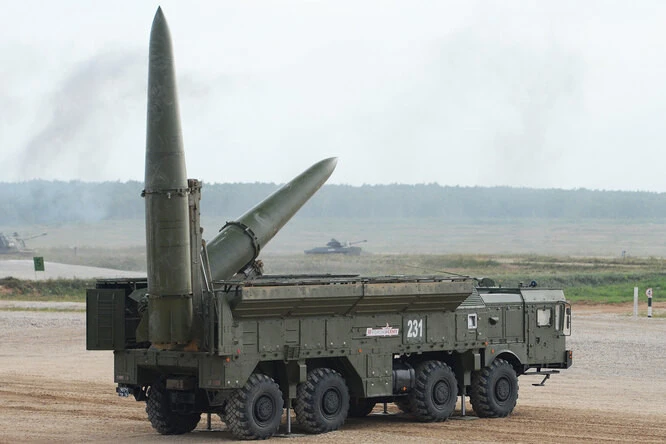
Starting in 2023, the situation began to level off due not only to the saturation of Ukraine's air defense with Western systems NASAMS and IRIS-T, but also with the emergence of such models as Patriot and SAMP/T. The destruction rates of 9M723, Kh-47M2, Kh-22/32, and the unique 3M22 Zircon began to change accordingly.
After the Russian command realized that their missiles were not invulnerable, and the interception rate was high enough, it redistributed the strike directions to the rear of Ukraine, where interception of 9M723, Kh-47M2, and Kh-22/32 remained impossible due to the lack of Patriot and SAMP/T SAMs protection.
However, compared to 2022, the effectiveness of the use of Russian missiles in the Russian army has decreased, while the quality of air defense countermeasures in the AFU has increased.
Nomenclature
When analyzing the range of missiles used in Ukraine, I came across some interesting figures, namely, 1,846 Kh-101/555 and 894 3M14 Kalibr missiles were used as well as 1,547 Kh-25/29/31/35/ 58/59/69 guided missiles. That is, during the war, twice as many strategic cruise missiles were used as tactical ones. To put it mildly, this is a striking imbalance, and I note that there is no increase in the use of tactical missiles compared to 2022.
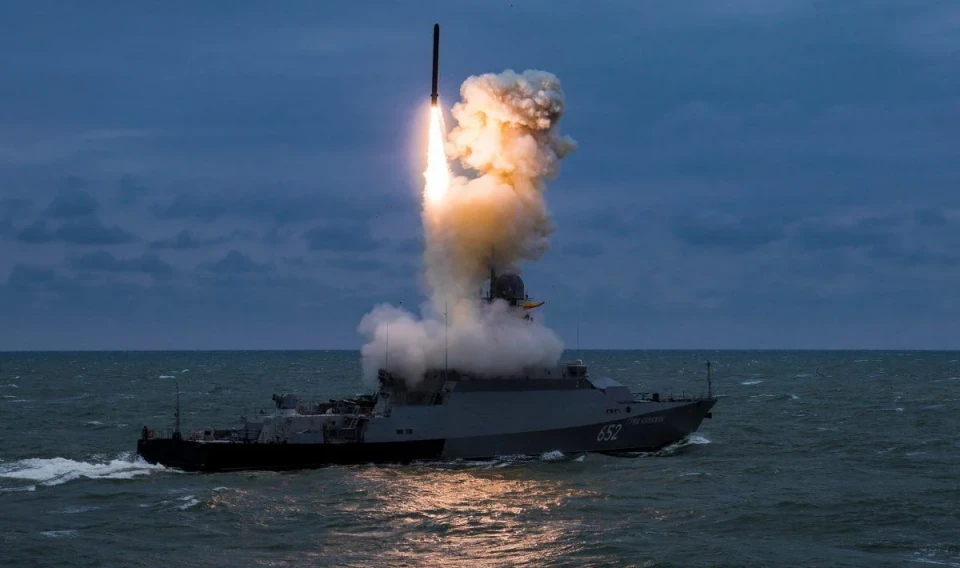
Another point is interesting. The use of 1,846 Kh-101/555 missiles is food for thought on the number of sorties. For example, if we calculate the maximum load of a Tu-95MS to be 8 Kh-101/555 missiles, it turns out that under such exceptional conditions 230 sorties were to be made. However, we know that most Tu-95MS sorties, especially in recent years, have involved the launch of 2-4, and sometimes even one, Kh-101/555 missiles. This intensity of use of Tu-95MS has worn out their service life, as has been repeatedly discussed.
In addition, it turned out that Russia did not have a large stockpile of missiles of this type, as expected. Currently, the aggressor is using Kh-101/555 missiles in Ukraine, which were produced after 2022. But the Soviet stockpile was completely exhausted - their number was insufficient even for a long war against Ukraine. Was the USSR better prepared for a war with NATO than Russia was for a war with Ukraine?
As for the 894 3M14 Kalibr missiles, let me remind you that the carriers of these sea-launched cruise missiles have 4-6-8 launchers. But even with the maximum number of 8 launchers, it is obvious that they are also experiencing serious wear and tear. Information about this emerged in the second half of 2023, and the extremely infrequent use of Kalibr confirms this fact. Almost all of them require either maintenance, repair, or complete replacement, but in the current environment, Russia simply cannot provide this.
Also, noteworthy is the high rate of use of S-300/400-3008 air defense systems. These missiles have become the main element of terror, primarily against the civilian population, as they are difficult to use with high accuracy. Given that in recent months we have seen reports of regular launches of S-300/400, we can say that the Russian occupation forces have reached the limit of the use of this component. If the Russian army does return to the practice of terror with the help of these SAMs, it will not be as massive as in 2022 or 2023. These will be very infrequent single strikes.
3M55 P-800 Oniks were used only 211 times, and mostly in the south, Odesa and Odesa region. The last time this missile was used in Odesa, if I'm not mistaken, was on the night of November 6, 2023. Then in March 2024, it became known that the missile was being modernized. But it doesn't interfere with the use of missiles from the complex, does it? So why not?
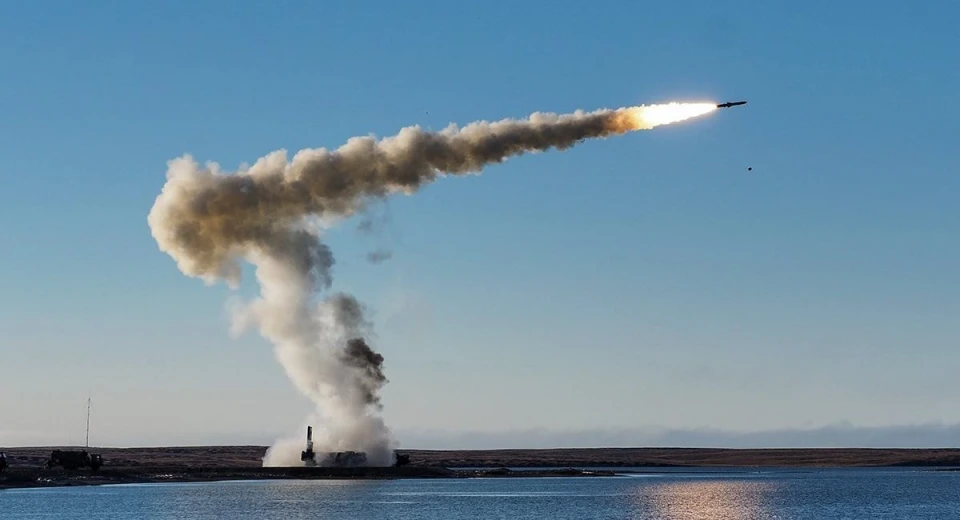
Photo: Defense Express
Kh-22/32 supersonic cruise missiles - 362. Let me remind you that, according to various sources, Russia inherited from the USSR between 500 and 1,000 of these missiles, but according to all available data, most of them were in poor condition. The missile itself is very difficult to store - in addition to being defective in all respects. That is why the Russian troops used the combat-ready part of the missiles in the first year of the full-scale war, and then left what was still available to be repaired and used at their own risk.Obviously, today from the Kh-22/32 the Russian army has only what can be restored over a long period of time. But what is most interesting is that the Tu-22M3 aircraft as the main carrier of the Kh-22/32 loses its relevance in the absence of this missile.
There are 111 Kh-47M2 Kinzhal aeroballistic missiles. At the time of the full-scale invasion of Ukraine, Russia had about 40 of these missiles. That is, 71 missiles were produced and used during the war. But it is difficult to say how many were produced but not used. According to the available information, the production of Kh-47M2 Kinzhal missiles in the Russian Federation is currently at the level of one, maximum two missiles per week. That is, in almost 2.5 years, Russia had the opportunity to produce 130 to 260 Kinzhal missiles.
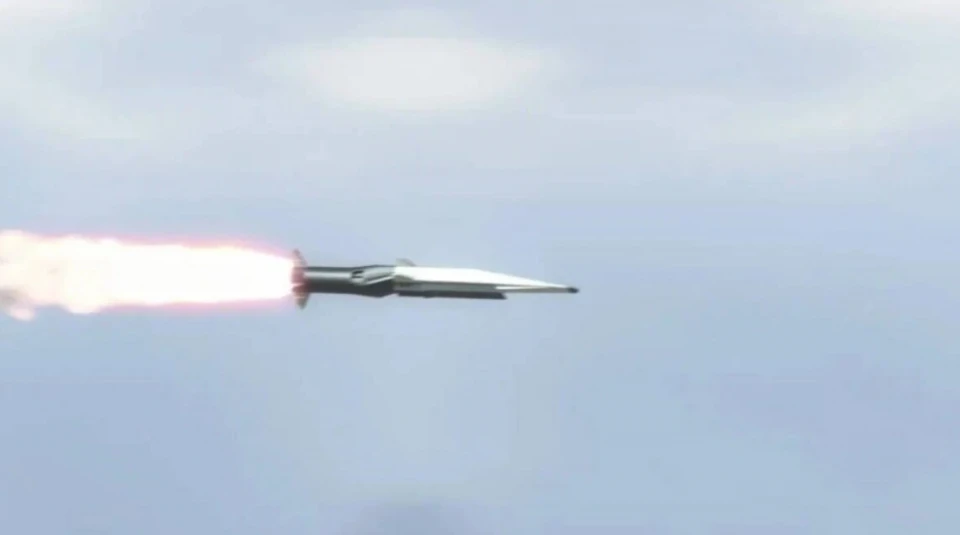
However, it is important to keep in mind that in 2022 the production of Kinzhals was far from the current figure, and it was one or two missiles per month, not per week, so the correlation is still downward.
Conclusions
Ukraine has withstood Russia's most powerful attack. Moreover, the aggressor country quickly depleted its stockpile of missiles with minimal damage to Ukraine itself. It did not turn the entire territory of the country into an apocalyptic Stone Age landscape. At the same time, having failed to achieve a number of goals in the short term, Russia will never achieve them.
At present, Russia depends solely on what it produces, or what little it has left. Its main carriers, both air and sea-based missiles, have exhausted their useful life, and some (such as the Tu-22M3) are becoming irrelevant.
Russia, having a total advantage over Ukraine and, I would even say, dominance in terms of missile strikes, lost this war.
- News







